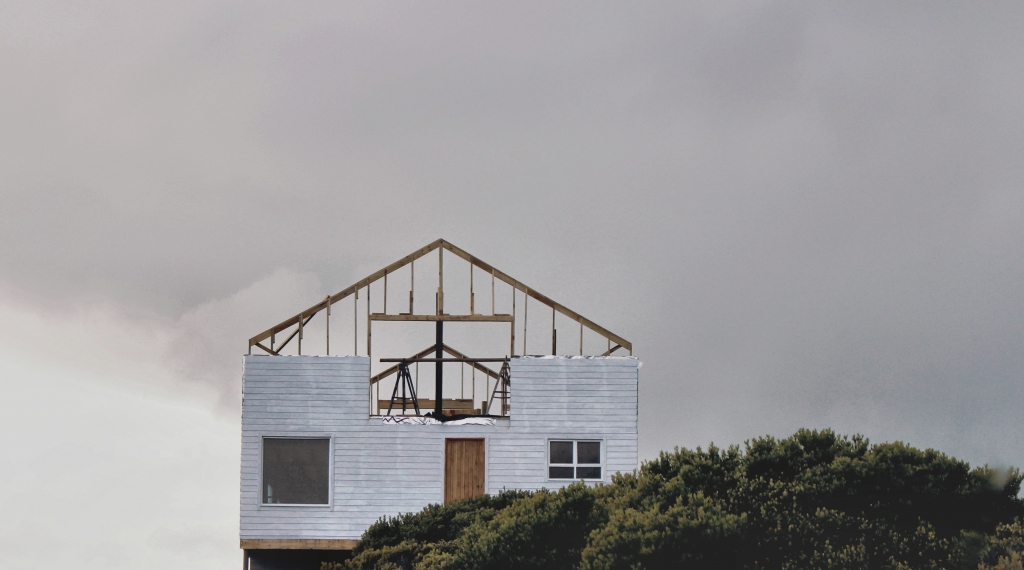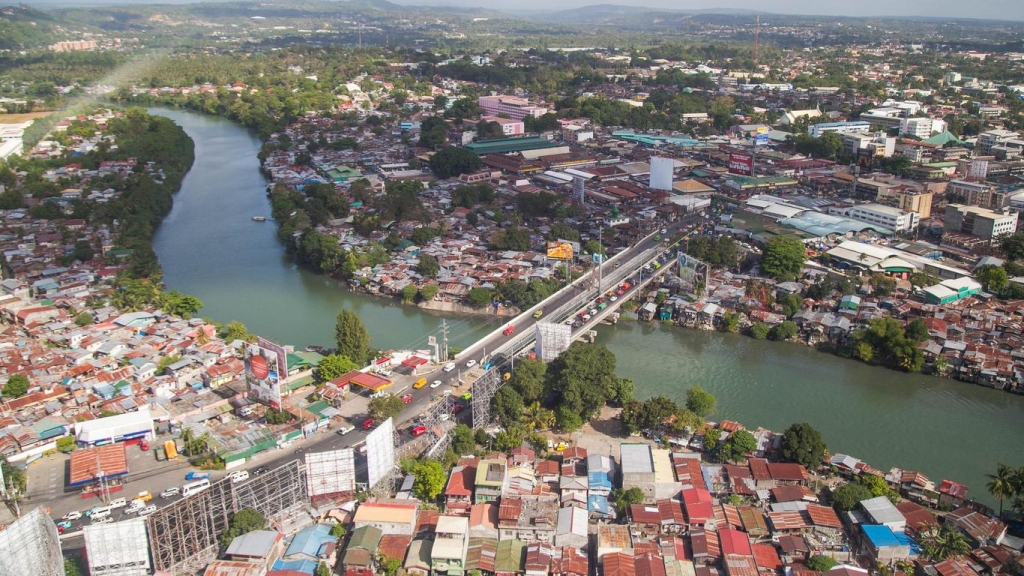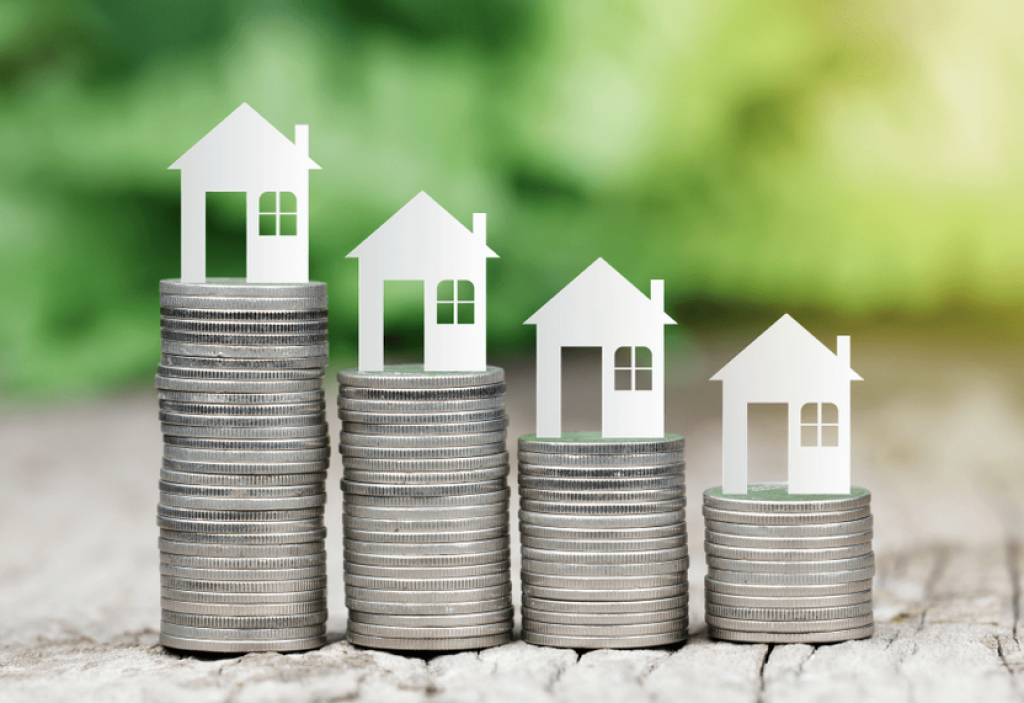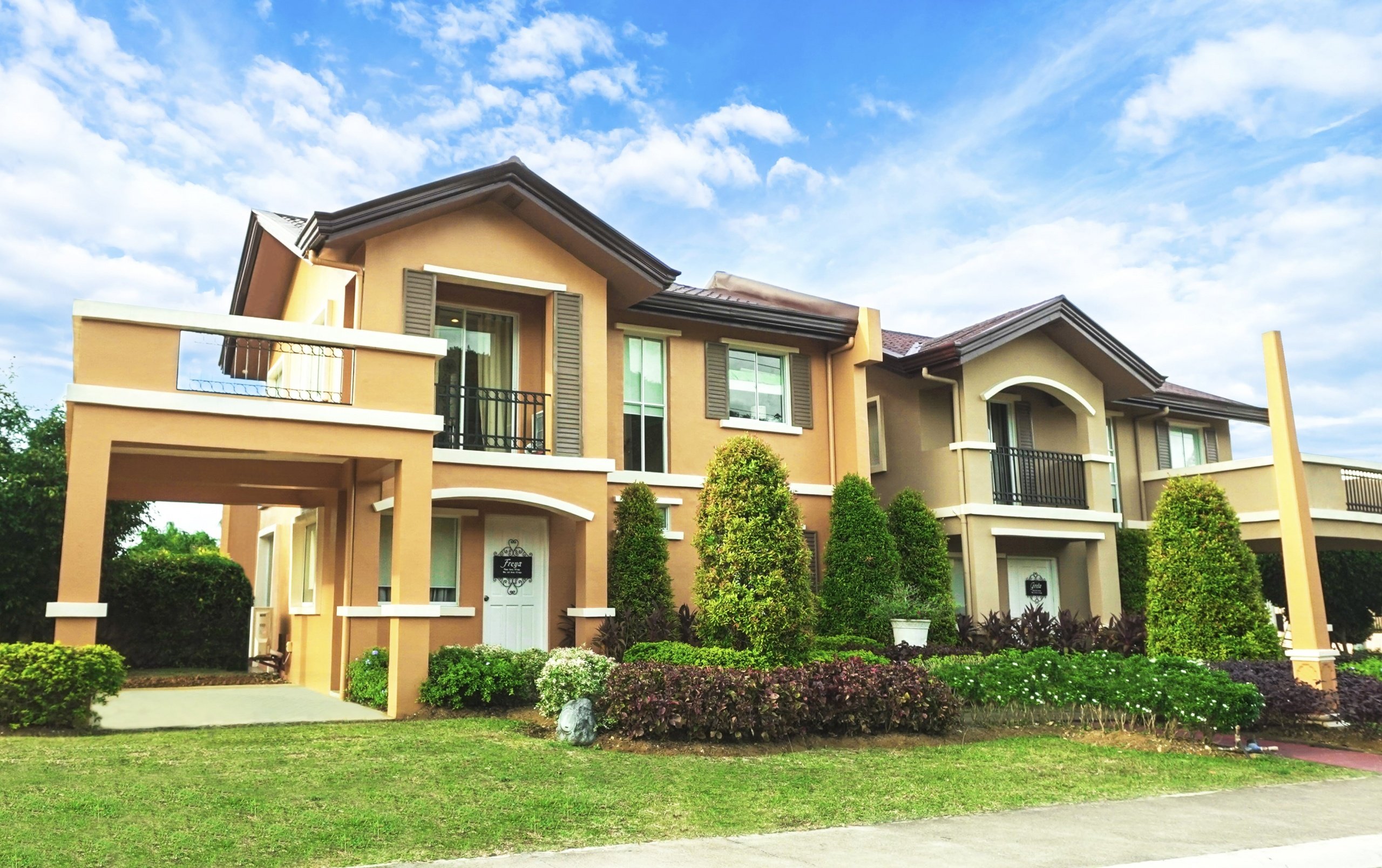Why Is Property Investing in the Philippines Important?
With the exception of a modest decline this year, the index points of housing units in the Philippines have dramatically climbed over the previous five years.
The Philippines is a great place to invest in real estate because the market is booming and offers great profits.
Are you looking for a house and lot for sale in the Philippines? Or perhaps are you looking for the possible benefits of investing in a real estate property? If so, this article will significantly help you understand how the values of real estate properties in the Philippines have increased over the years.

To better understand the complexities of property values in the Philippines, one shall encounter what does Residential Real Estate Price Index (RREPI) truly means. According to the Bangko Sentral ng Pilipinas (BSP), it is a tool or measure used to assess the country’s real estate condition. Datum came from reports of universal banks, commercial banks, and thrift banks nationwide. It is mandated through the BSP’s Circular No. 892 of November 2015, and since the first quarter of 2016, the BSP has been releasing reports about home value changes.
Understanding Residential Real Estate Price Index (RREPI) in the Philippines
The RREPI contains statistical information about prices in different housing types and units.
The Bangko Sentral ng Pilipinas (BSP) is a reliable source of a chain-linked index on the increase of property values in the country. Bank data based on actual mortgage loans are information that can back up on the data in the following sections. The next part, which contains the percentage, comes purely on BSP’s official website.
Statistical Increase of Property Values Over the Years
Growth Rate of RREPI in the Year 2016
In the first quarter of 2016, there was an increase of 9.2 percent from the previous data from the same level last year.
Based on the regional rise in real estate loans granted for the first quarter of 2016, NCR receives 50.4 percent, followed by CALABARZON, which is 28.4 percent, Central Luzon with 7.6 percent, and Western Visayas with 3.8 percent, and Central Visayas with 3.3 percent.
Growth Rate of RREPI in the Year 2017
In the last quarter of 2017, the real estate index in the Philippines rose again by 5.7 percent compared to the year-on-year data in the same quarter a year ago.
The prices of condominiums and townhouses in the country skyrocketed by 14.2 percent and 8.1 percent, respectively. Thus, there is a slight decrease in housing units by 0.3 percent, but overall, the values continue to rise.
Growth Rate of RREPI in the Year 2018
Before the year 2018 ends, the price value of real estate properties in the Philippines slightly grows to 0.5 percent on year-on-year (y-o-y) and 1.3 percent on quarter-on-quarter (q-o-q). The Residential Real Estate Price Index (RREPI) expands from 117.4 to 118.0. There is only a tiny difference between price values since single-detached housing units decreased by 1.9 percent, with fluctuating duplex units by 3.7 percent.
Growth Rate of RREPI in the Year 2019
Second to the highest increase in Philippine real estate values in the last quarter of 2019. The real estate prices from different housing types increase by a resounding 10.2 percent which is 0.6 percent higher than the overall real estate price value of the quarter four (Q4) of 2018. More so, residential prices increase exponentially in the National Capital Region (NCR) and Areas Outside the National Capital Region (ACR). The house values in NCR grew to 15 percent, whereas AONCR hit an 8.2 percent increase. Almost every housing type unit increased in prices except only townhouses with unexpected declining records.

Growth Rate of RREPI in the Year 2020
Since this is the year when the global pandemic gradually affects the economies of every country, here is a breakdown of what happens to real estate price value every quarter-on-quarter (q-o-q).
First Quarter of RREPI Year 2020
In a nationwide setting, the percent of real estate prices hits a double-digit. A staggering 12.4 percent increase covers the first quarter (Q1) of 2020. Condominium units are on the first list as it has risen 23.6 percent from the last year.
Second Quarter of RREPI Year 2020
In the second quarter of 2020, the prices continue to spike at 27.1 percent. It is the latest and highest recorded price value increase since the Bangko Central ng Pilipinas (BPS) started the collective series in the first quarter of the year 2016. The price growth happens due to several reasons:
- There is an upward average price per square meter because of the high demand for high-end projects like luxurious houses.
- There is a higher marketing cost for premium properties because of the fueling price of construction materials and labor costs.
Third Quarter of RREPI Year 2020
A sudden decrease in real estate prices happens in the third quarter of 2020. It is the first-ever negative recorded decline in real estate prices since 2016. The prices dropped by 14.1 percent compared to last year and the quarter before. The 2020 Consumer Expectations Survey (CES) survey shows plausible reasons behind this drastic change. It points out how Filipinos feel uncertain about buying a house and lot property in the Philippines amidst the economic uncertainty.
Fourth Quarter of RREPI Year 2020
After the sad decline in the previous quarter (Q3), the real estate price values resurfaces, and gains increase in the last quarter of the year. The RREPI adds 0.8 percent year on year and 2.4 percent on quarter-on-quarter. It occurs due to the expansion of property prices around the areas outside the National Capital Region.

`
Growth Rate of RREPI in the Year 2021
The value of real estate property continue to rise in the year 2021. Though it finds the year 2020 challenge, the real estate industry goes back to its knees. In a nationwide percentage, the RREPI in the country spike to an additional 4.9 percent year-on-year and a whopping 1.1 percent in quarter-on-quarter. Based on the CES Survey that backs up the data, Filipinos show great interest in buying a house, lot unit, or real estate property in the last quarter of the year.
Growth Rate of RREPI in the Year 2022
The Bangko Sentral ng Pilipinas (BSP) has a price index only for the first quarter of 2022. The data showed in this section is an increase of 5.6 percent year-on-year but a bit lower by 1 percent in the first quarter. At this time, investors tend to invest in condominium units and townhouses instead of single-detached houses or duplex housing units.
Conclusion
The statistical data from the Bangko Sentral ng Pilipinas (BSP) only proves how real estate value and prices continue to thrive and ascend. Though there is a sudden decline in the third quarter of 2020, it is only reasonable as investors, retirees, or young professionals have doubts about investing amidst the economic crisis. Thus, if you presume that a pandemic did not happen, you can 100% agree that the Philippines is a perfect spot for investing in real estate.

You can make a great deal by investing your money if you purchase a house and lot for sale or a condo unit in the Philippines. Should you wish to start your first investing experience, it comes hand in hand with Camella Homes. It is a leading home builder brand in the Philippines that can give you thoughtfully made houses in a friendly environment.
If you prefer condominium units, Camella is still with you! It has a vertical village called Camella Manors, providing its residents and homeowners with a balanced life. It is an exclusive condominium village that merges the landscape beauty of rural and urban life. By owning a unit, you can turn your area into an Airbnb or other possible alternative that will help you gain profit once you invest in it.

Get Your Next Property Investment in the Philippines
Check out Camella’s catalog of house and lot in the Philippines!


